Evans, Bluestem Grassland, Chase County, Kansas, 31 October, 1979, 1979
If you stand among in the Tallgrass prairie you can discern the different sounds of the collective swoosh. Stems clack together at the base, the waist-high leaves rub with grasshopper buzz and the seed heads are a soft hiss dissipating above my head. Goldfinches bounce their wavy flight pattern above the waves, the rise and fall of their voices mirror their path and the surge of moving grass. The sound of the prairie is like the inhale and exhale of the land itself. The boom of a prairie chicken, the lilt of a bobolink, the rasp of a Sandhill crane – these are voices you may never hear.
But they linger in our Potawatomi language. You can hear that same sibilance in the word for grass, Mishkos. Feel the grass in the delicious onomatopoeia of ishpashkosiwagaa – the place of high grass. This liquid language rippled through the southern Great Lakes where Potawatomi and other nations made their homes. You won’t hear that either. Unless concealed in the word for what is now called Chicago, chi gagua taking its name from the skunky smell of wild onions that grew in the wet lakeshore prairie.
My grandmother’s name was Shanode, Wind Coming Through. Wind is the dance partner of the prairie. And every grass species has a different move; the whole stem of Little Bluestem shimmies in the wind, Indian Grass arches and falls, while Big bluestem waggles at the top and vibrates at the bottom. Switchgrass pirouettes in the air. Prairie Dropseed leaps like a fountain. A ballet of wind and grass – a dance that you may never see.
CONNECT
Thank you, Rachel.
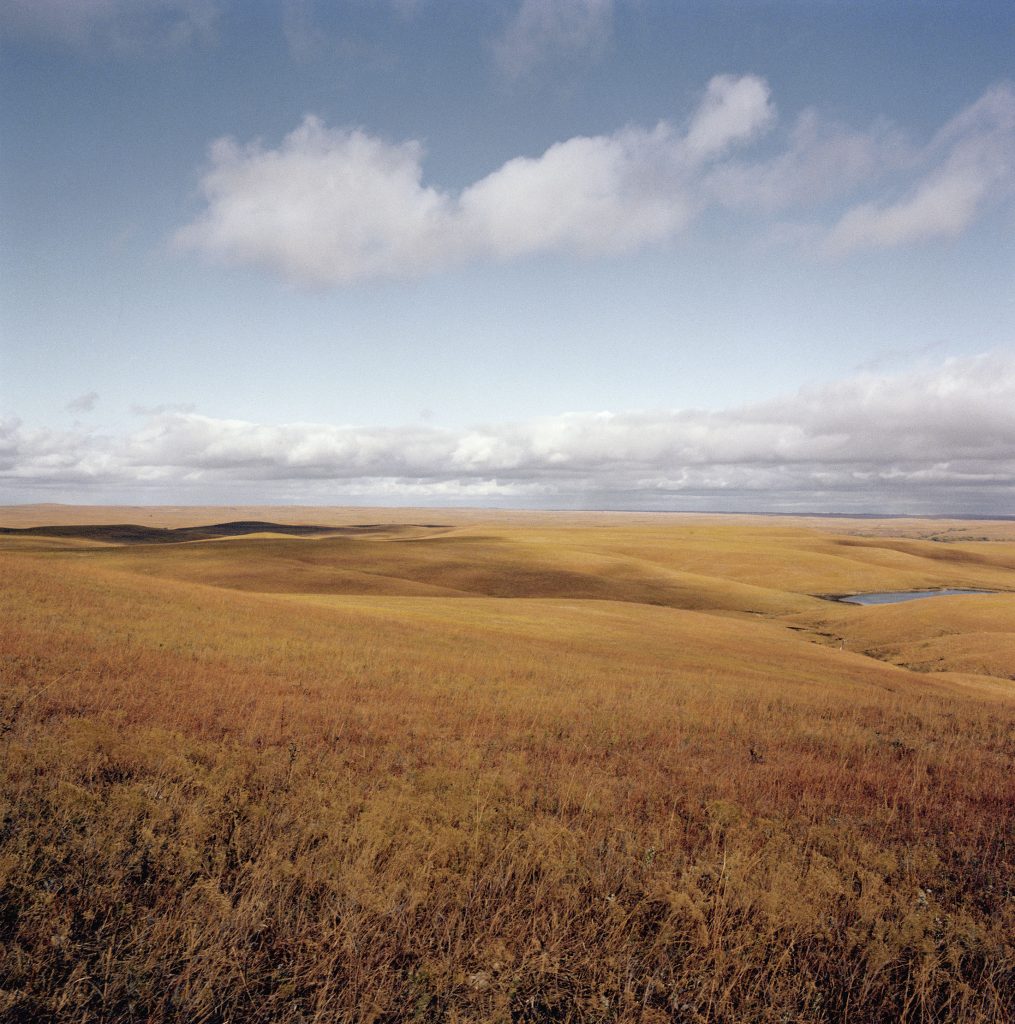








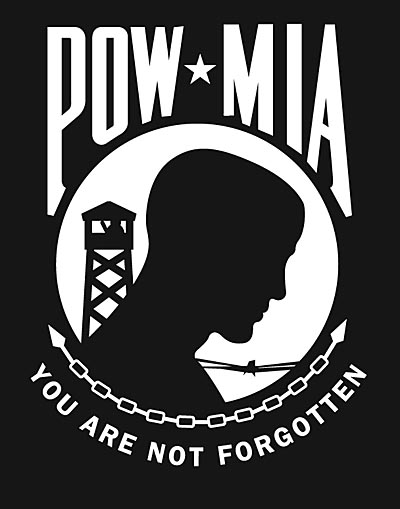






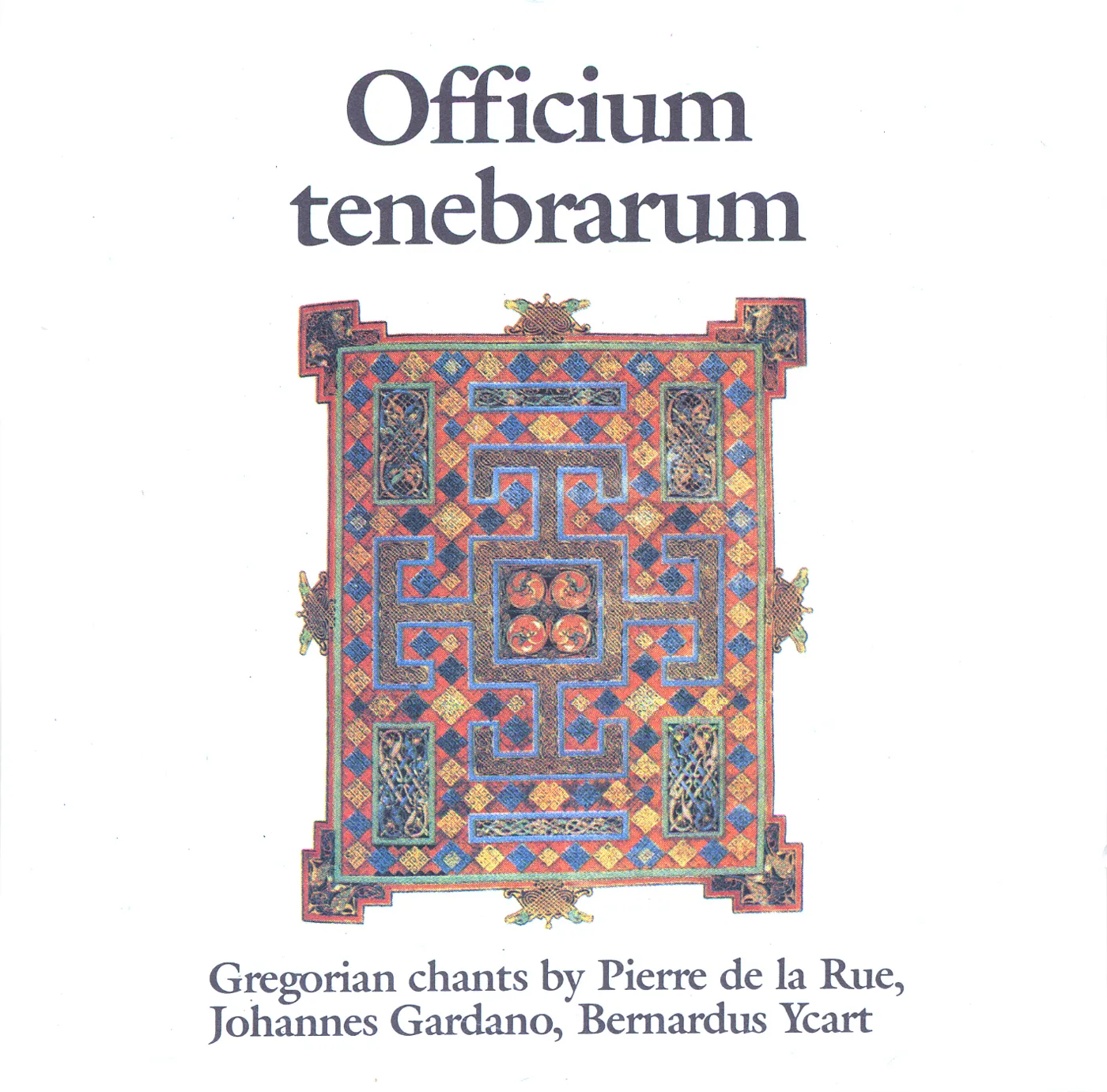





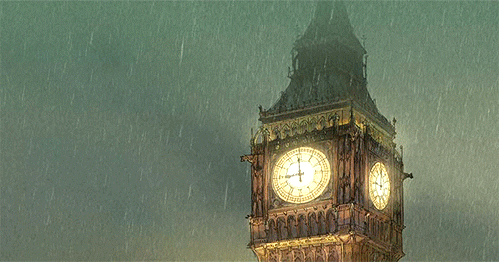



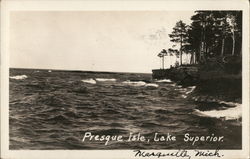

















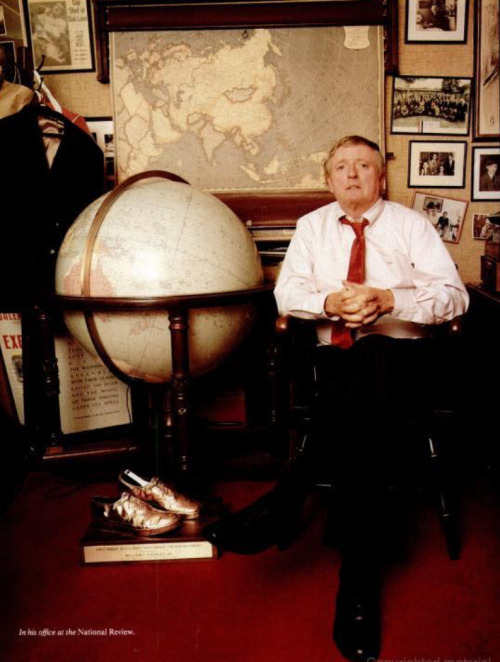
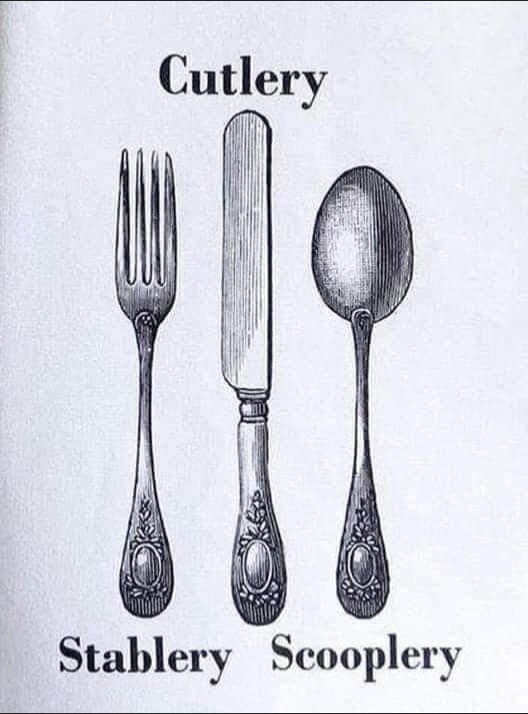
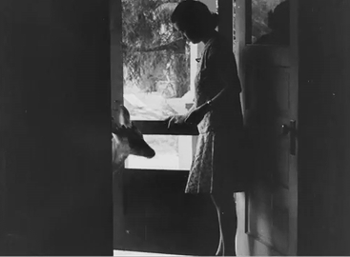





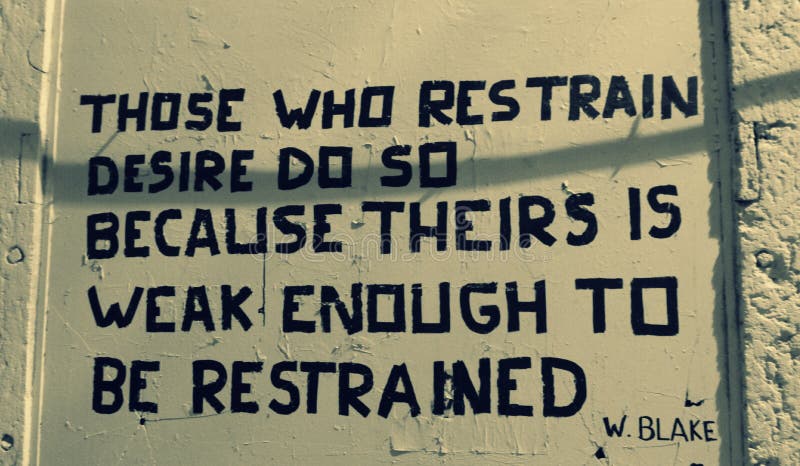






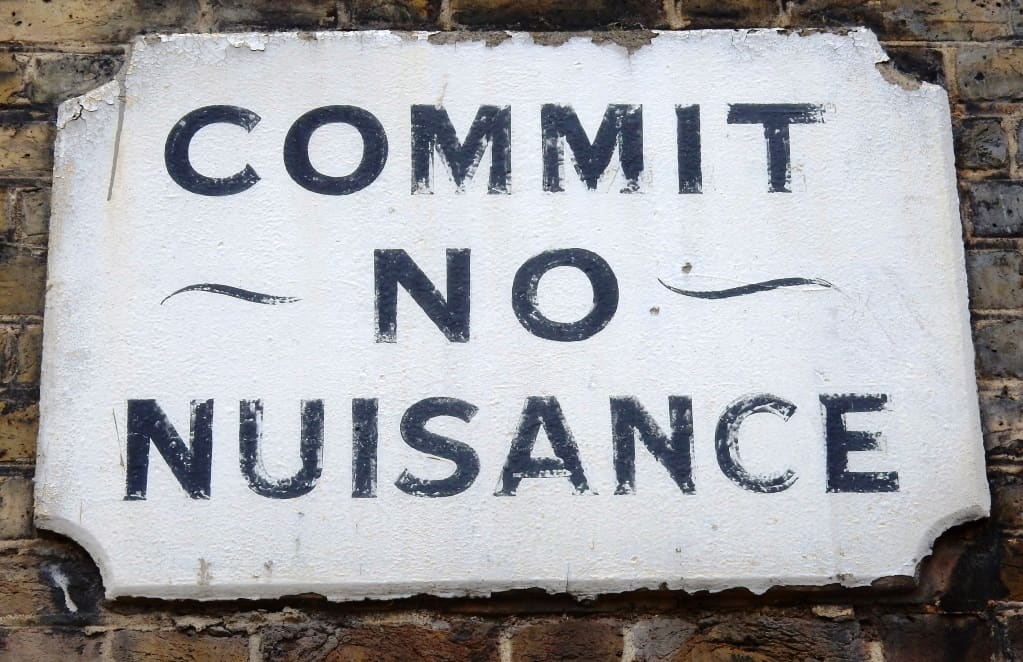
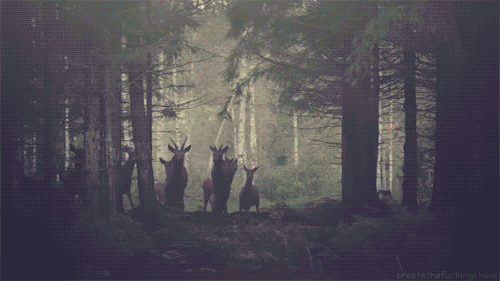
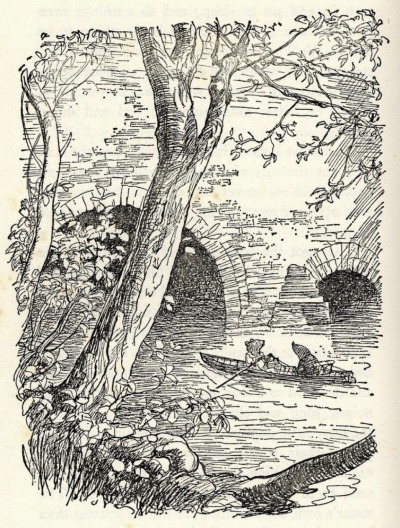
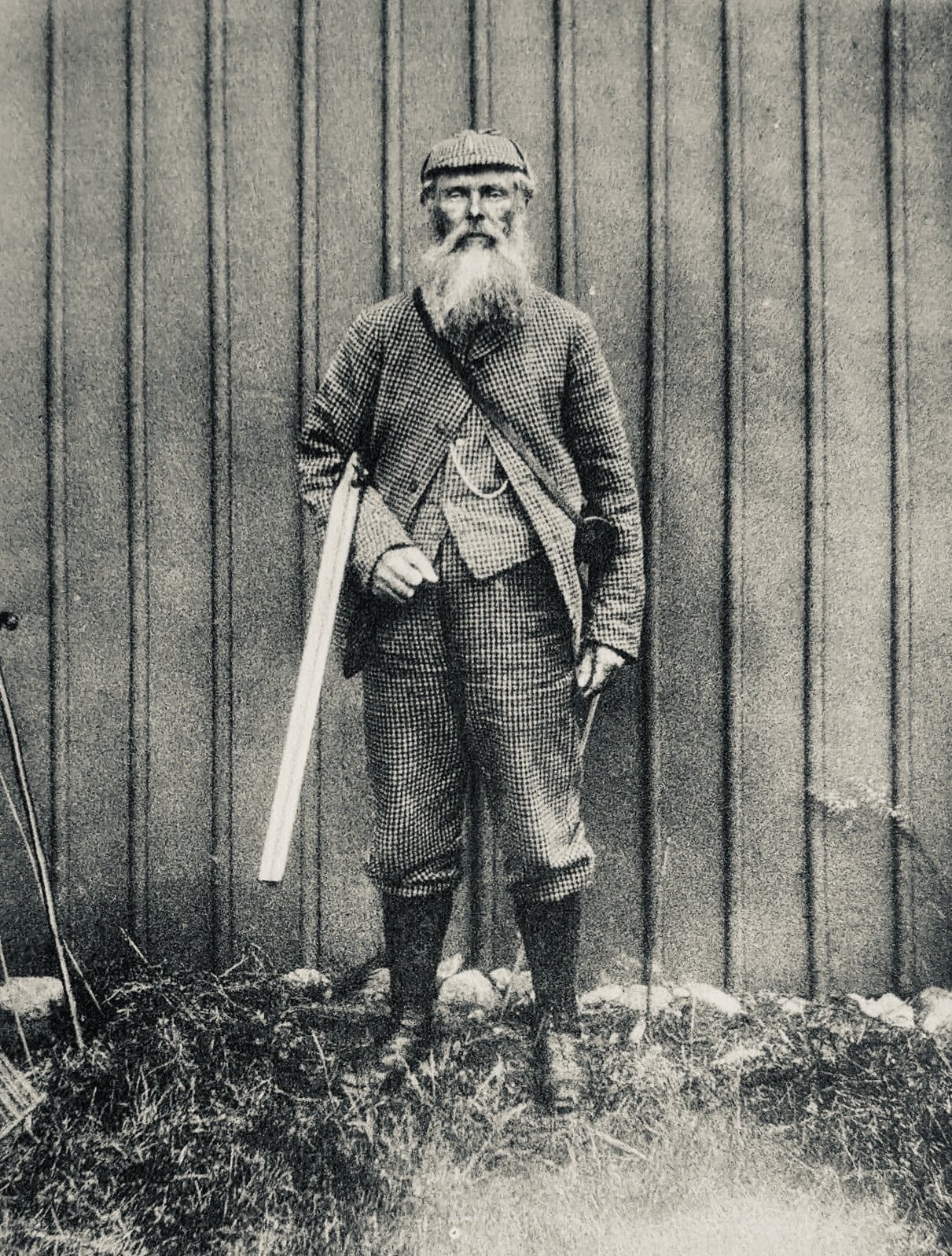




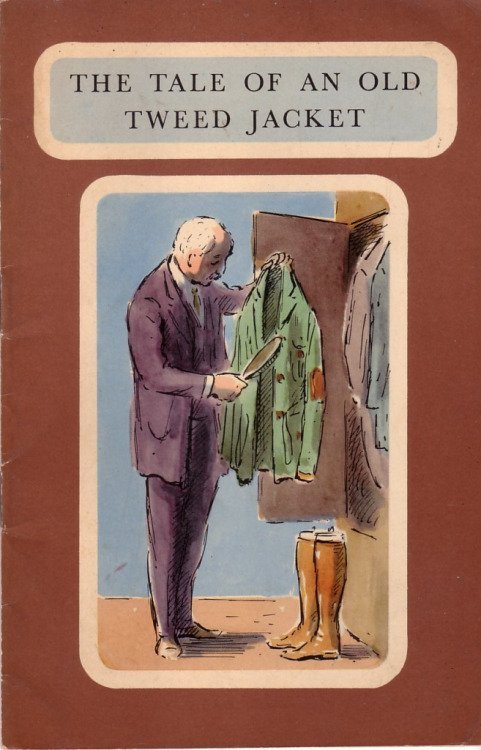










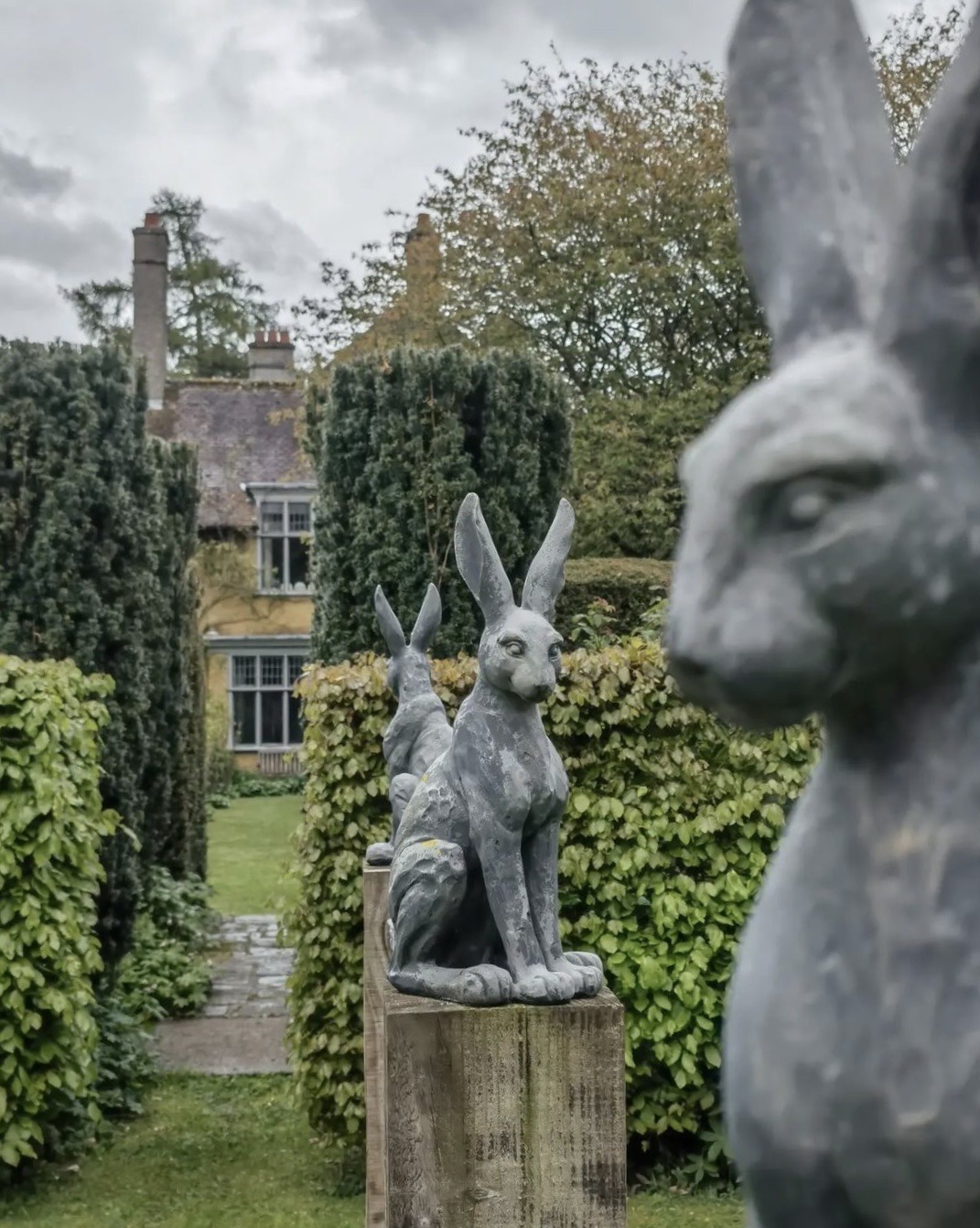
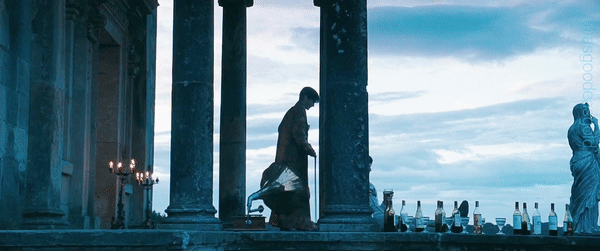
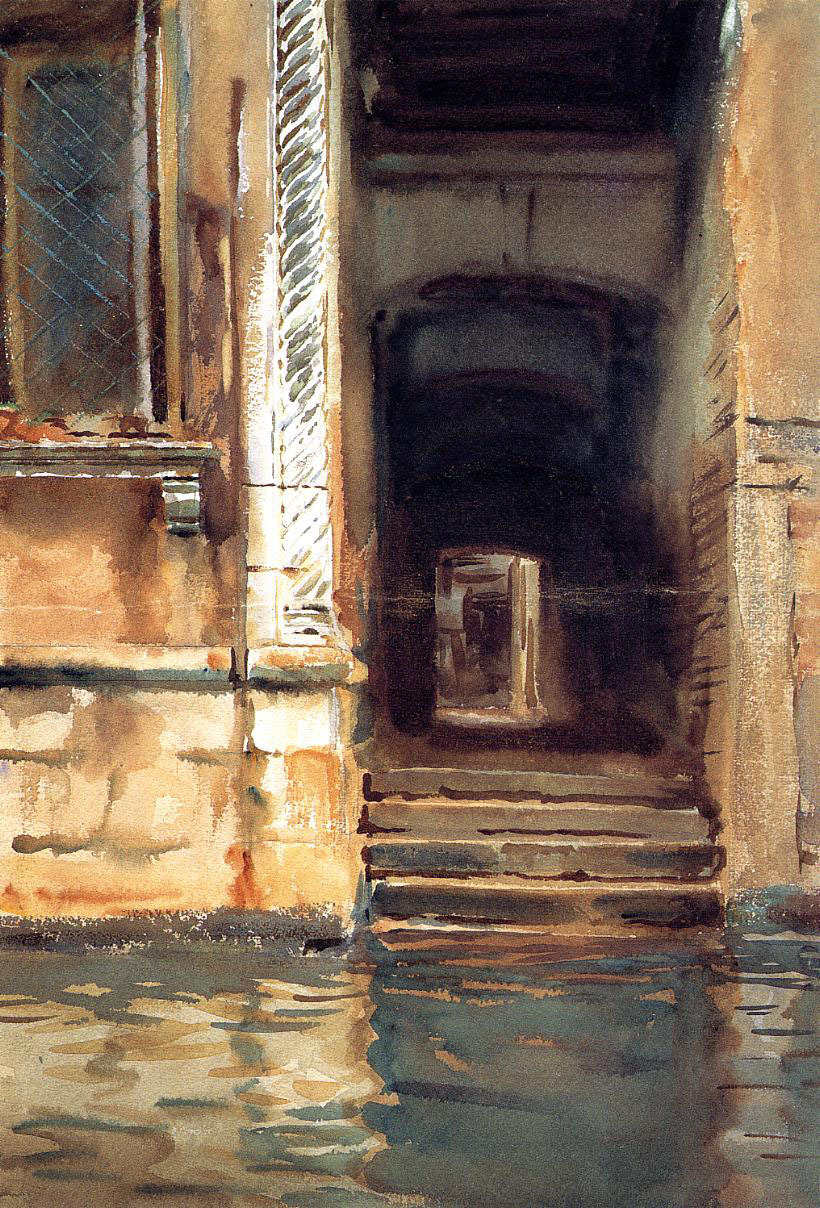

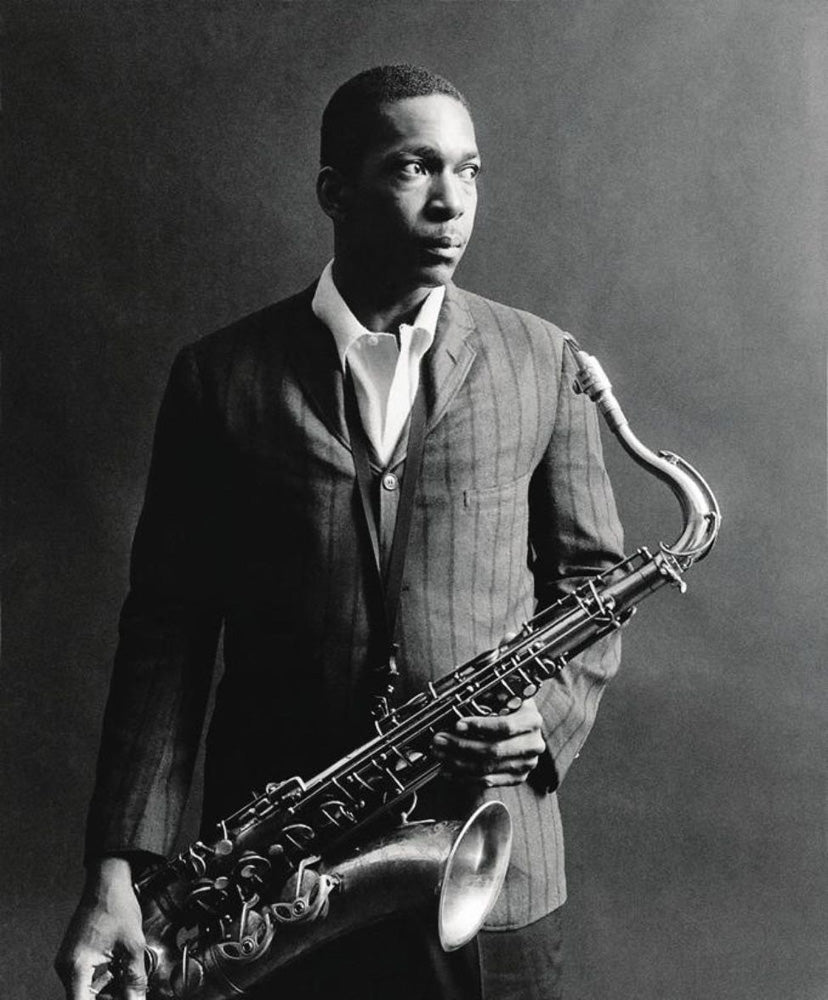







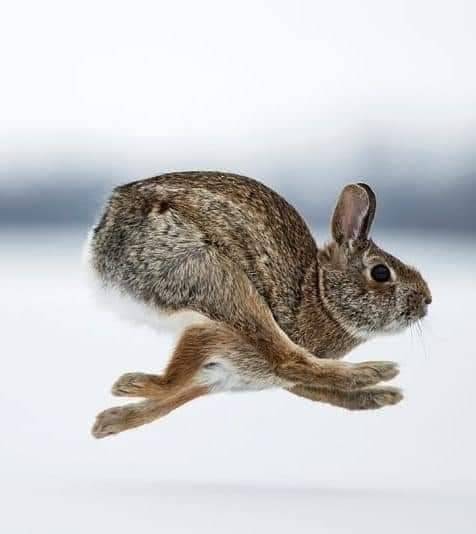
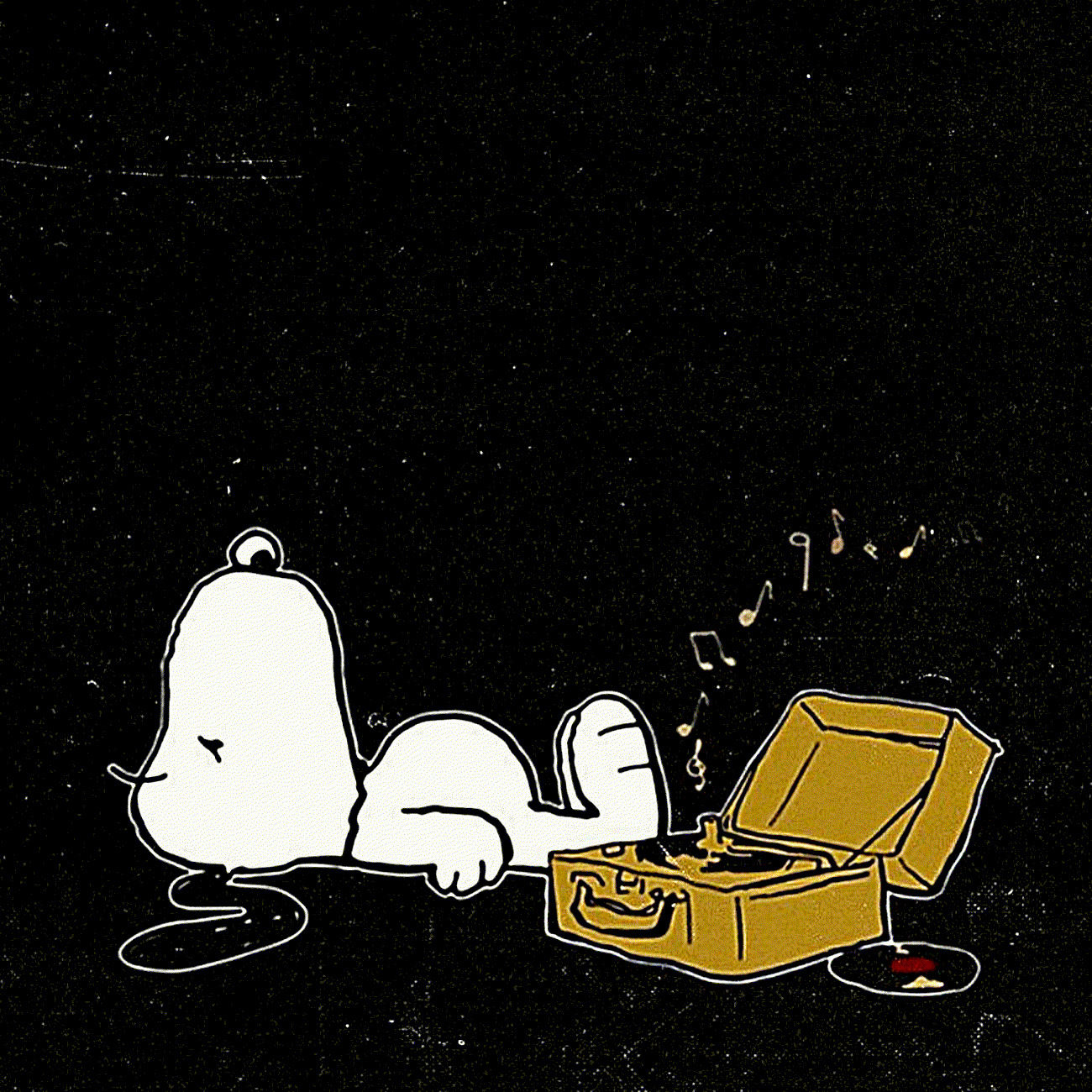
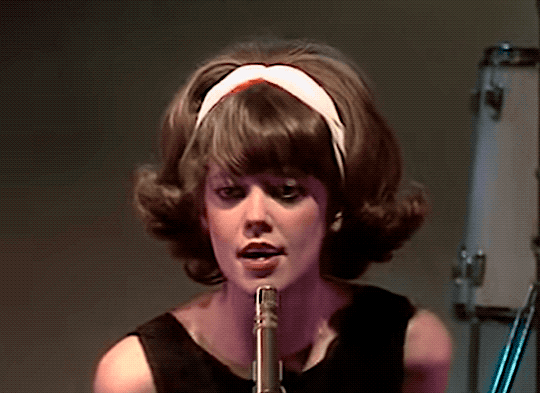
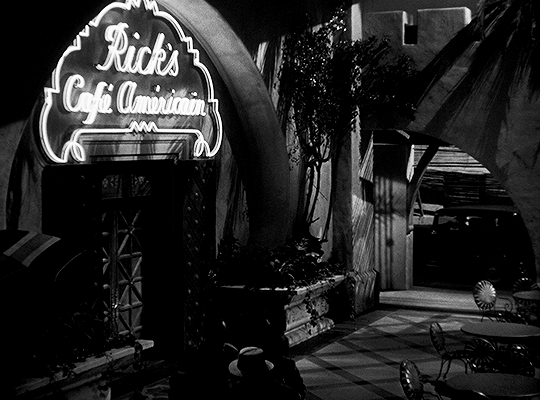




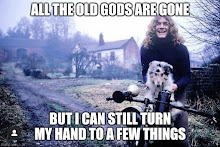
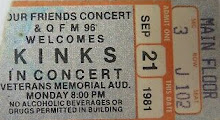















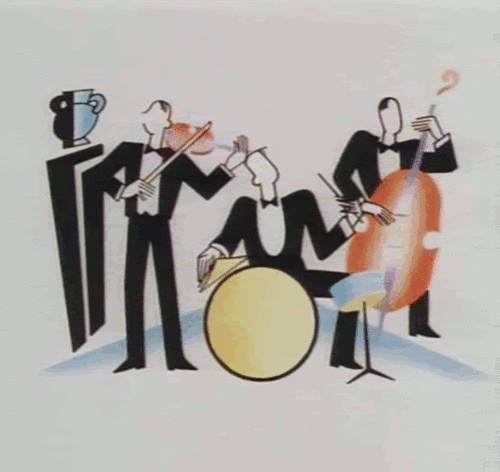
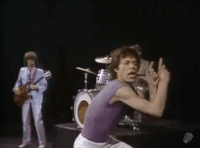








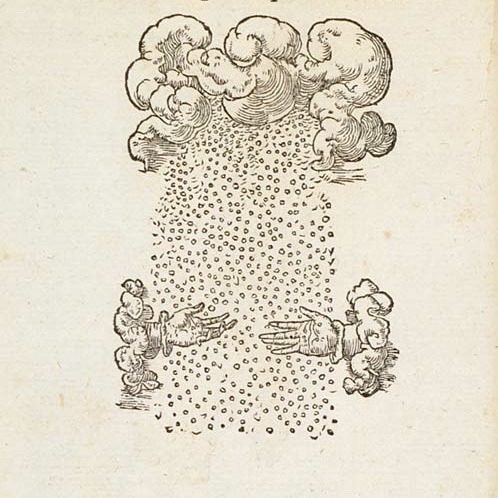


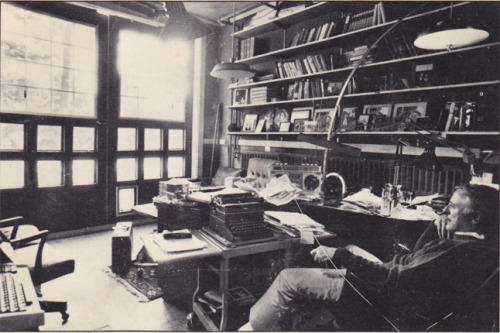
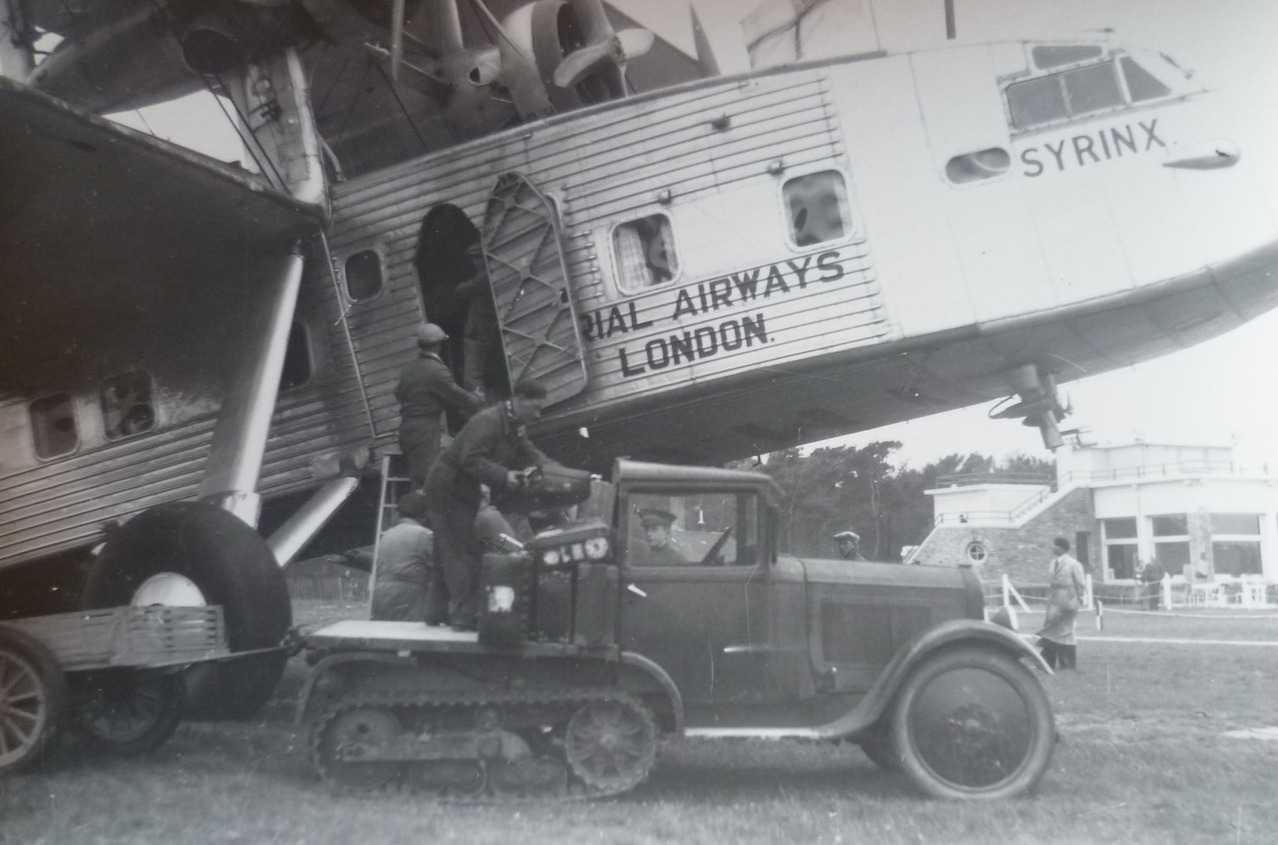

























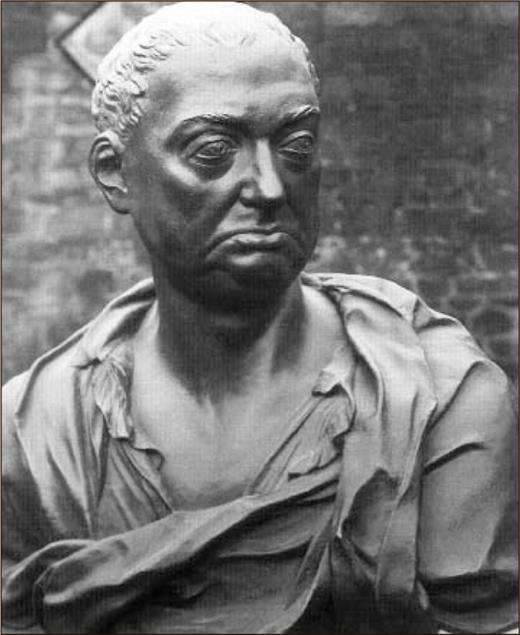












No comments:
Post a Comment